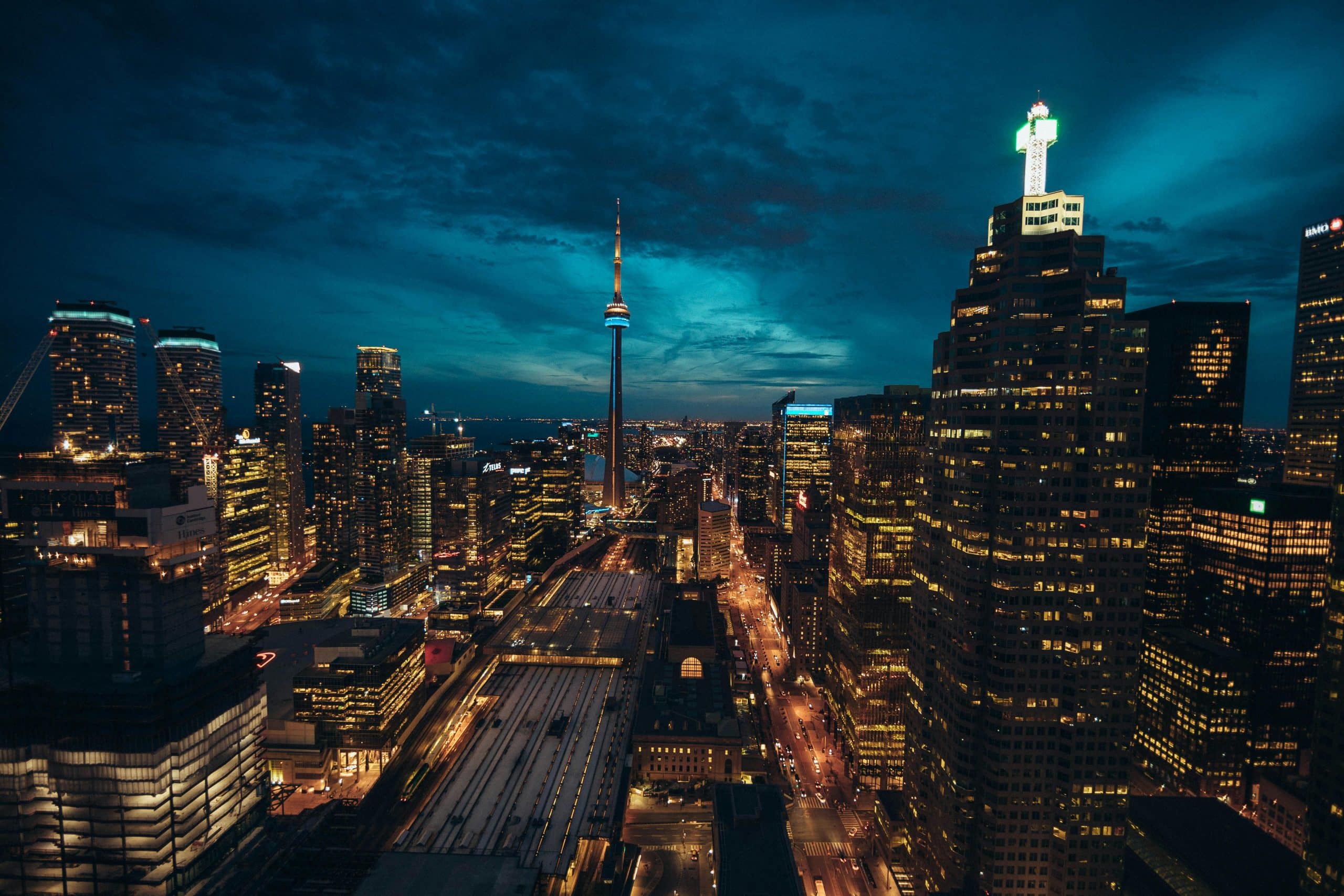What Are the Best Practices for Retrofitting Historic Buildings with Modern Amenities?

As we strive to create more energy-efficient environments, the challenge of integrating modern, sustainable systems into historic buildings becomes increasingly crucial. These splendid structures represent our cultural heritage, a tangible link to the past that must be preserved for future generations. Yet, they often lack the energy efficiency of modern structures. Retrofitting these buildings with sustainable, energy-efficient amenities promotes preservation while enhancing utility and comfort. However, this must be done with utmost respect for the integrity of the original design and materials. This article will discuss the best practices for successful retrofitting.
Understanding the Historic Building
Before initiating a retrofit project, it’s essential to understand the historic building thoroughly. This involves analyzing the architectural style, construction methods, materials used, and historic significance. Only then can you identify the most suitable retrofitting strategies that will maintain the building’s historic character while improving its energy efficiency.
Also read : How to Implement Advanced Climate Resilience Features in Coastal Properties?
When documenting the building’s history and existing conditions, professional preservationists and historians can provide invaluable insights. They can guide you on how to incorporate modern systems without compromising the building’s original fabric. Similarly, building energy audits can reveal the building’s current energy performance, identifying areas that require improvement.
Choosing the Right Materials and Systems
Once you have a thorough understanding of the historic building, the next step involves choosing the right materials and systems for the retrofit project. These choices will significantly impact the building’s energy efficiency and the preservation of its historic character.
Also read : What Are the Implications of Brexit on UK-EU Cross-Border Real Estate Investment?
Materials used in retrofitting should be compatible with the original materials in terms of physical properties and aesthetics. For instance, when retrofitting windows in historic buildings, it’s imperative to use materials that match the original windows’ look and feel while enhancing energy efficiency.
Similarly, the systems incorporated in the retrofit project must be energy-efficient and minimally invasive. For instance, HVAC systems should be designed to integrate seamlessly within the building without hindering its architectural integrity.
Implementing Sustainable Design Principles
Sustainable design principles play a pivotal role in retrofitting historic buildings. These principles advocate for the minimal use of non-renewable resources, promoting energy efficiency, and reducing environmental impact. Embracing these principles not only enhances the building’s energy efficiency but also contributes to its long-term preservation.
By embracing the principle of reuse, historic buildings can be retrofitted to serve modern uses while retaining their historic character. This involves adaptive reuse of existing spaces and features, reducing the need for new materials and thus promoting sustainability.
Balancing Modern Amenities with Historic Preservation
Balancing the introduction of modern amenities with historic preservation is perhaps the most challenging aspect of retrofitting historic buildings. The key is to ensure that the new additions and modifications do not detract from the building’s historic character.
To achieve this balance, it’s essential to respect the original design and architectural style of the building. Any modern additions should be designed in a way that they are visually compatible with the historic elements of the building, yet discernible as new.
Ensuring Ongoing Maintenance and Future Adaptability
Ensuring ongoing maintenance and future adaptability is crucial for the long-term success of a retrofit project. Regular maintenance helps to prolong the lifespan of the retrofitted systems and materials, ensuring that the building continues to function efficiently.
Furthermore, the retrofit design should be flexible enough to adapt to future changes. With the rapid advances in technology and increasing emphasis on sustainability, the building must be capable of integrating newer, more energy-efficient systems in the future.
In conclusion, retrofitting historic buildings with modern amenities is a complex task that requires thorough planning and sensitivity towards the building’s historic character. By following these best practices, it’s possible to create a harmonious blend of old and new, ensuring that these magnificent structures continue to serve us in the present while preserving our shared heritage for the future.
Energy Conservation and Cost Savings Considerations
In retrofitting historic buildings, there are two essential aspects to consider: energy conservation and cost savings. Both of these aspects are intertwined, as they lead to a more sustainable future for our heritage buildings. The energy-efficient systems integrated into the building should be capable of reducing energy consumption significantly. This, in turn, leads to cost savings in the long run, making the retrofit financially viable.
When considering energy conservation, renewable energy sources like solar or wind power could be harnessed. These can be discretely integrated into the building’s design, either through rooftop solar panels or small-scale wind turbines, without compromising the building’s historic integrity. In addition, the incorporation of green building technologies, such as energy-efficient lighting and heating systems, can have a positive impact on the building’s energy consumption.
Water conservation is another critical aspect of energy conservation. By incorporating modern systems like water-efficient plumbing fixtures and rainwater harvesting systems, significant water savings can be achieved. These systems can be integrated into the building subtly so as not to interfere with the building’s historic appearance.
On the other hand, cost savings can be realized through the effective use of existing resources. Adaptive reuse of existing spaces and features can reduce the need for new materials, leading to substantial cost savings. Additionally, regular maintenance of the retrofitted systems can extend their lifespan, leading to further cost savings in the long run.
The Role of National Park Service and Other Agencies
There are various agencies, like the National Park Service, that play significant roles in the retrofitting of historic buildings. These agencies provide guidelines, advice, and sometimes financial support for retrofitting heritage properties. Their expertise in preserving and revitalizing historic buildings is invaluable for retrofit projects.
The National Park Service, for instance, has guidelines for rehabilitating historic buildings, which are widely recognized and adopted. These guidelines help in maintaining the historic character of the building while integrating modern amenities. They provide detailed advice on different aspects of retrofitting, from choosing the right materials to preserving significant historic features.
Additionally, these agencies often offer financial incentives for retrofitting historic buildings, thus making the project more feasible. They may provide grants or tax credits for projects that preserve historic buildings while improving their energy efficiency. Therefore, they not only contribute to the preservation of our cultural heritage but also promote sustainability and energy efficiency.
In conclusion, retrofitting historic buildings with modern amenities is a delicate process that marries past and present. By understanding the building, choosing appropriate materials and systems, implementing sustainable design principles, and ensuring ongoing maintenance, we can strike a balance between preserving our shared heritage and meeting modern needs. Moreover, with the assistance of agencies like the National Park Service, retrofitting becomes a feasible and sustainable approach to preserving our historic structures for future generations. With thoughtful planning and sensitivity, our historic buildings can continue to stand tall, serving as a testament to our past while embracing the future.
